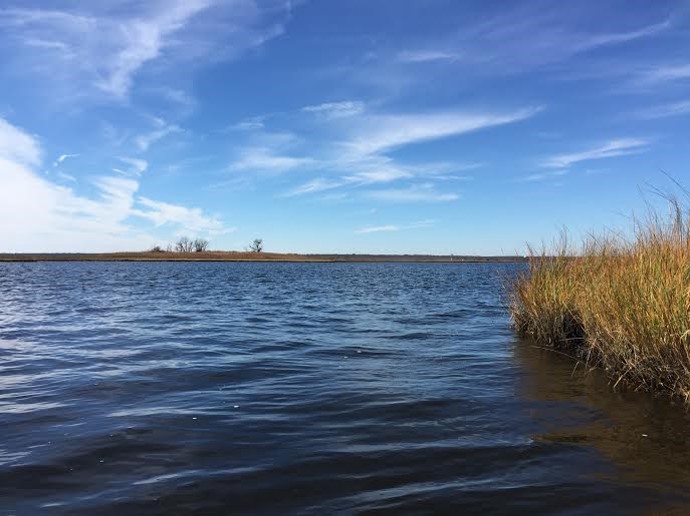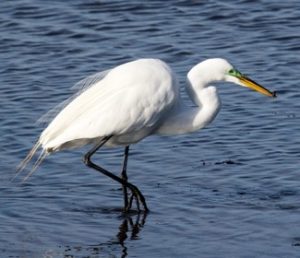Recently, Restore America’s Estuaries (RAE) announced that it will administer the National Estuary Program (NEP) Coastal Watersheds Grant Program (in close coordination with and financial support from EPA) beginning in 2020. This grant program funds projects within specific geographic areas (see below) and supports the following priorities that were set by Congress through its 2016 Reauthorization of the National Estuary Program (see P.L. 114-162):
- Loss of key habitats resulting in significant impacts on fisheries and water quality such as seagrass, mangroves, tidal and freshwater wetlands, forested wetlands, kelp beds, shellfish beds, and coral reefs;
- Recurring harmful algae blooms;
- Unusual or unexplained marine mammal mortalities;
- Proliferation or invasion of species that limit recreational uses, threaten wastewater systems, or cause other ecosystem damage;
- Flooding and coastal erosion that may be related to sea level rise, changing precipitation, or salt marsh, seagrass, or wetland degradation or loss;
- Impacts of nutrients and warmer water temperatures on aquatic life and coastal ecosystems, including low dissolved oxygen conditions in estuarine waters; and
- Contaminants of emerging concern found in coastal and estuarine waters such as pharmaceuticals, personal care products, and microplastics.
The NEP Coastal Watersheds Grant Program is a nationally competitive grants program designed to support projects that address urgent and challenging issues threatening the well-being of coastal and estuarine areas within determined estuaries of national significance, including Barnegat Bay and certain other areas, all shown on this interactive map. Please use the “zoom” function on the map to determine if your area or project fall within these areas.
2020 Project Selection and Subaward Process
Detailed information about the 2020 Project Selection and Process can be found on the RAE website. The annual project selection and award process includes the following:
- Release and distribution of Request for Proposals (RFP here) document (May 6, 2020);
- Informational webinar for potential applicants on June 3, 2020; recording here);
- Letter of Intent (LOI format here) submitted by potential applicants (by August 7, 2020);
- Full proposals (format here) invited after evaluation of LOIs by Review Panel (September 8, 2020);
- Full proposal submission deadline (November 6, 2020).
- Applicants notified and subawards announced (week of December 7, 2020).
Letters of Intent: Acknowledgment Letter by the BBP for projects in Barnegat Bay or other nearby coastal areas.
If one of the 28 NEPs is not a project team member (that is, funded by the project proposal), LOIs must include a letter from the NEP within the identified geographic boundary acknowledging the project proposal. The letter does not need to endorse the project, nor would the letter be seen as support of the application (e.g., general backing and/or commitment of resources such as staff time or match). Rather, the intent is to ensure that the local or closest NEP is aware of the project proposal with the goal of increasing transparency and partnering opportunities.
The BBP will provide a letter of acknowledgement as part of the LOI for any project in the Barnegat Bay watershed (or nearby project areas in coastal New Jersey identified on the interactive map), but asks that all such letters of acknowledgement be requested by July 24, 2020. All such requests must include the following:
- project leader’s name, email address and phone number;
- project sponsor’s organization and unit;
- a general project description and justification;
- the specific project location and whether it is located within or outside the Barnegat Bay Study Area); and
- if located within the BBP Study Area, the BBP Comprehensive Conservation Management Plan priorities (see the BBP’s Draft CCMP Actions beginning on page 145 here) addressed by the project, OR
if located outside the BBP Study Area, the applicable watershed management plan (WMP) for the project area and the specific WMP priority addressed by the project.
All requests should be sent to Dr. Stan Hales, BBP Director, via email to shales@ocean.edu.


